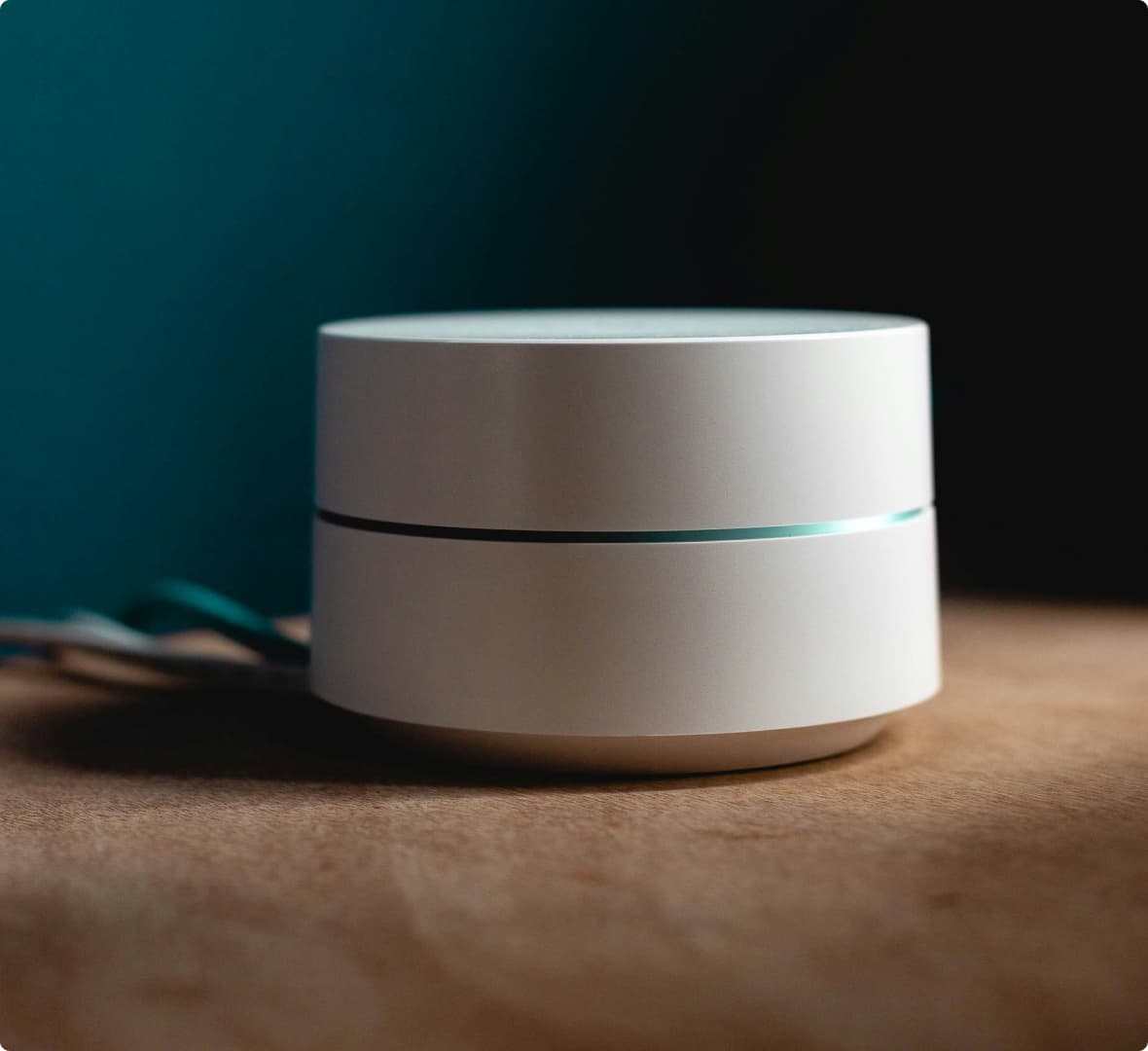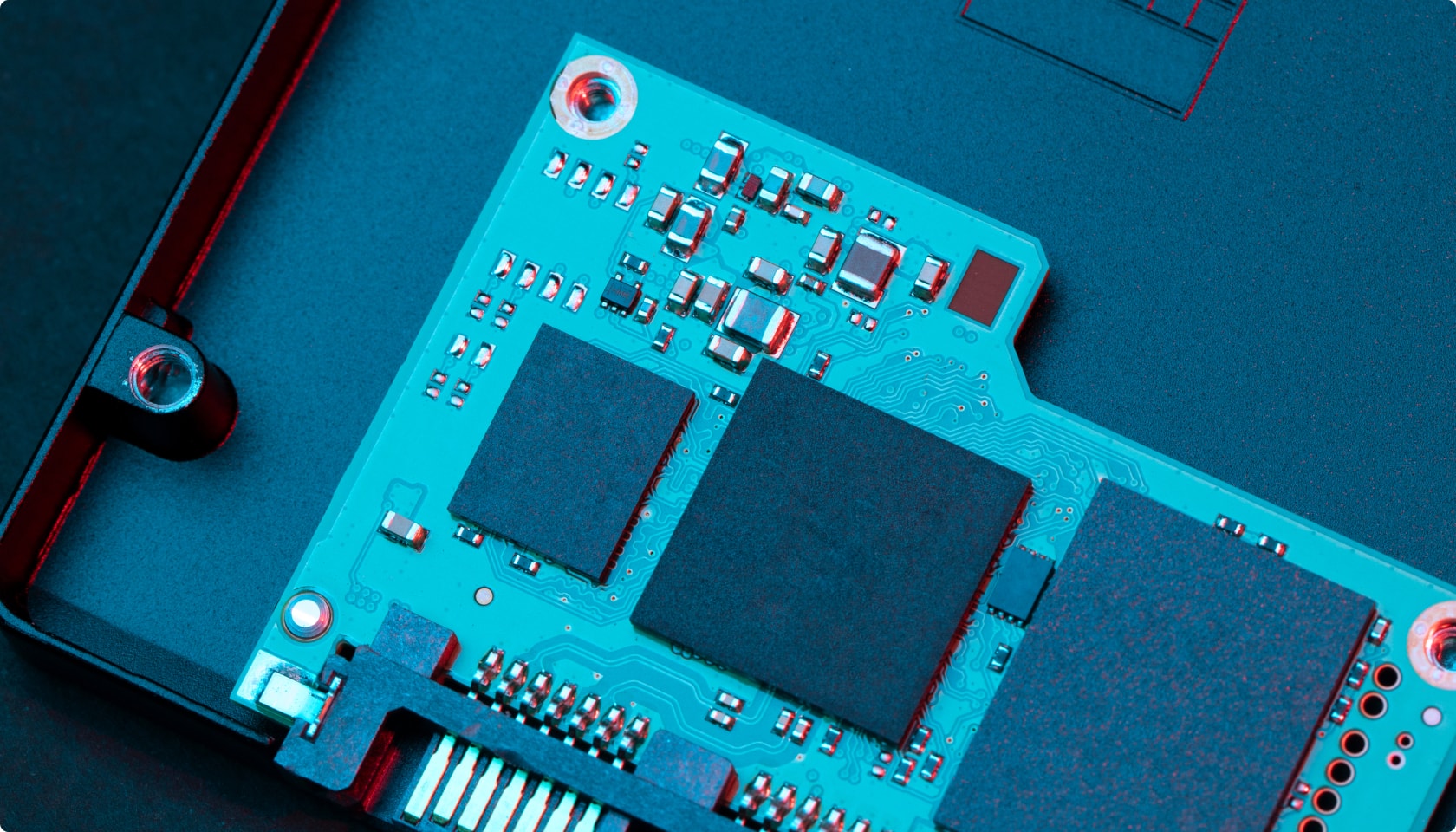Empower Your IoT Ecosystem Unlocking Seamless Connectivity to All Things


The Internet of Things (IoT) landscape is experiencing unprecedented growth, fueled by advancements in technology (such as 5G and eSIM) and the increasing demand for interconnected devices.
With 5.8 billion IoT cellular connections globally expected by 2030, according to GSMA Intelligence, the IoT connectivity market is poised for remarkable expansion doubling in size between 2022 through 2030.
Multiple factors are fueling the expansion of IoT connectivity, including:

The rollout of 5G networks is ushering in new possibilities for IoT applications, providing faster speeds, lower latency, and increased capacity. This next-generation technology is fostering the development of innovative IoT solutions across industries and fueling IoT growth through capabilities like network slicing and the expansion of Private Networks as an incremental opportunity.

Cloud and edge computing technologies empower IoT devices to conduct real-time data analysis and action, even in resource-constrained environments, through massive data processing and storage capabilities.

The shift from traditional SIMcards to eSIMs and iSIMs has improved IoT connectivity by overcoming physical limitations and supporting smaller devices. GSMA’s IoT SAFE integrates SIM and Secure Element functions for secure communication. Utilizing eSIMs for remote management, it ensures device and platform authentication, enhancing IoT security, scaling, and digital transformation.

IoT connectivity is fueling diverse use cases across sectors, from smart cities and healthcare to industrial automation and agriculture, within an increasingly mature ecosystem supported by numerous enablers and accelerators driving innovation and adoption across industries.

The evolution of industry standards and protocols, exemplified by GSMA’s architectures, plays a pivotal role in shaping the IoT ecosystem. Progressing from the foundational SGP.02 (M2M) to the advanced SGP.32 (IoT), these standards guarantee interoperability and compatibility across networks and devices, fostering innovation and bolstering adoption.
Find out more about the key differences and main benefits of the latest GSMA’s SGP.32 through this whitepaper our experts have prepared for you.
Need Help with A Connectivity Partner?
Many long-tail IoT devices lack WiFi support, and even when available, service providers may restrict its usage to minimize customer support costs. For these devices, initial cellular connectivity (Bootstrap) is essential for activation and downloading a permanent connectivity subscription. IoT customers, including Original Equipment Manufacturers (OEMs) and Service Providers, require this initial bootstrap on IoT Consumer eSIMs with global coverage and roaming capabilities.

Principal connectivity for IoT customers may necessitate dynamically managed IMSIs (International Mobile Subscriber Identity) or sets of IMSIs to attach to networks worldwide. Additionally, flexible management of the resulting data pool from connected devices is crucial. Notably, Bootstrap connectivity must remain permanently available as a low-cost fallback, posing economic challenges to IoT players as traditional Mobile Network Operators (MNOs) typically do not offer Bootstrap connectivity.

Within the SGP.32 architecture, IoT customers can benefit from bundling a global connectivity offer that includes elements such as eSIM or OS licenses (iSIM), eIM, IPA, SM DP+ platform, Multi-IMSI, initial connectivity (Bootstrap with or without a fallback), main connectivity with switch insurance, and a Connectivity Management Platform (CMP). The CMP facilitates the dynamic management of connectivity service providers for a service provider’s IoT device fleet.

With Valid’s long-tenured industry expertise, we have established a wide network of connectivity partners who are unlocking the world of IoT Connectivity with Valid. Together, we can enable and accelerate your IoT needs. Reach out to our experts, and let’s get started.






















